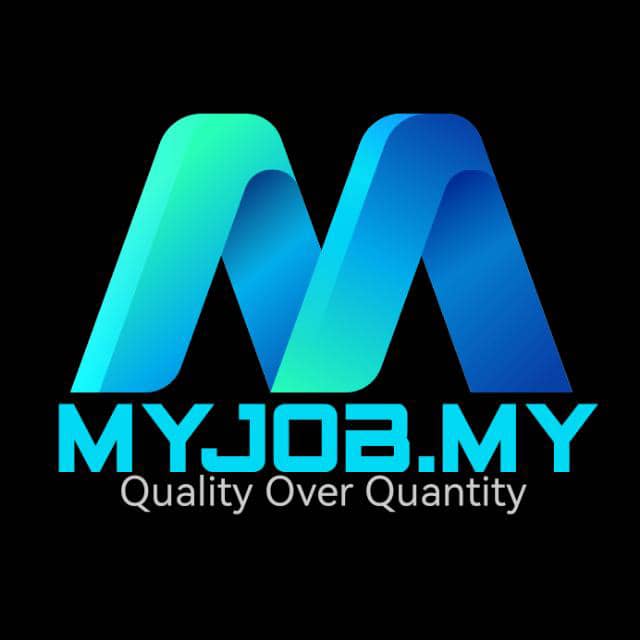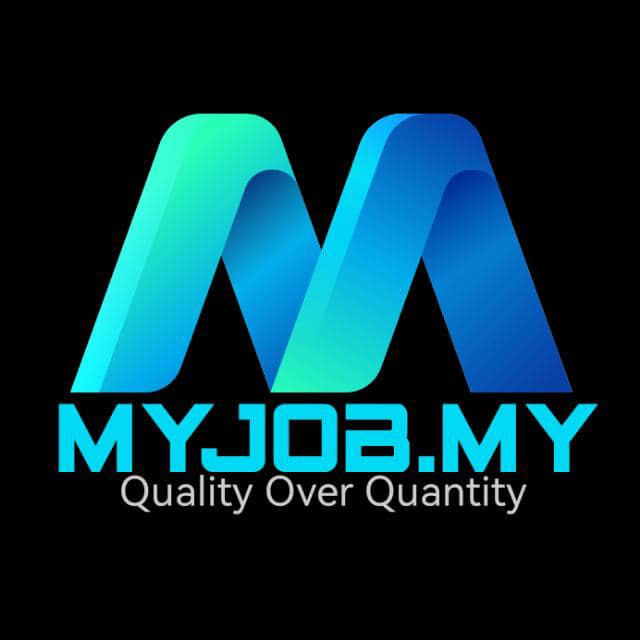
Quality management inspection is a fundamental course of in building and architectural tasks that ensures all constructing activities conform to the highest requirements, regulatory necessities, and design specs. It is an important mechanism for safeguarding structural integrity, optimizing operational efficiency, and ultimately enhancing the long-term worth and security of any property. Without rigorous quality management inspection, projects are vulnerable to expensive reworks, safety hazards, and diminished consumer satisfaction, all of which undermine business objectives and stakeholder trust.

This comprehensive exploration delves into the multifaceted nature of high quality control inspection, examining the way it mitigates dangers, enforces compliance, and reforma em geral guarantees craftsmanship excellence. By understanding the technical frameworks and practical purposes behind these inspections, building professionals and householders alike could make informed decisions that enhance project outcomes and defend investments.
To recognize the advantages and processes of quality management inspection, it is critical to first grasp its core rules and the place it fits inside the lifecycle of a construction project. These fundamentals present the structural backbone for guaranteeing standards are consistently met.
Quality management inspection refers to the systematic evaluation and verification of construction elements—materials, workmanship, set up strategies, and finished work—against prescribed standards and project specs. This inspection just isn't merely a visual evaluate but includes exact measurements, efficiency testing, and documentation to substantiate adherence to regulatory codes such because the International Building Code (IBC) and relevant native amendments.
By implementing high quality management at each stage—from foundation excavation to final finishing—the process prevents deviations that could compromise structural security, power efficiency, and indoor environmental quality. This comprehensive validation safeguards home-owner welfare and regulatory compliance.
The major aim of quality management inspection is to identify and correct defects early, avoiding costly corrections or structural failures later. Key advantages include:
These advantages collectively improve a project's return on funding by lowering long-term upkeep costs and elevating property marketability.
While quality control inspection primarily focuses on the visible and procedural assessment of materials and workmanship, testing involves scientific methods to measure physical properties corresponding to strength, moisture content, or thermal resistance. Together, they type an built-in method making certain both appearance and efficiency criteria are met.
For instance, an inspector could confirm that concrete placement follows design parameters, while lab testing determines its compressive power. This dual approach minimizes guesswork and enforces accountability all through development phases.
Understanding how high quality control inspection enforces building codes and architectural standards is vital to appreciating its position beyond quality assurance—it is a authorized and moral obligation for all built environments. This section unpacks these linkages and explains how inspection processes stop code violations and optimize design efficiency.
Building codes are government-mandated sets of requirements formulated to ensure safety, accessibility, reforma em geral power efficiency, and environmental safety within building. Quality control inspection verifies that each structural and system element complies with these codes, such as seismic reinforcements, fireproofing materials, electrical systems, and plumbing installations.
Inspection authorities usually require documented proof of compliance before issuing occupancy certificates, making high quality control indispensable to legal project completion. This legal enforcement elevates the significance of meticulous inspections as important checkpoints stopping unsafe practices and potential liabilities.
Beyond obligatory codes, quality control promotes adherence to architectural standards set by skilled our bodies such as the American Institute of Architects (AIA) or the Chartered Institute of Building. These standards embrace greatest practices concerning aesthetic high quality, functional design, and sustainable constructing methods.
Inspectors trained in architectural high quality parameters can highlight deviations that, while not essentially illegal, might compromise consumer consolation, constructing longevity, or energy efficiency—thus affecting total client satisfaction and operational costs.
Quality control inspection incorporates detailed documentation for traceability and accountability. This documentation includes inspection reports, materials certificates, corrective motion logs, and final compliance certificates which serve as vital data for future upkeep, renovations, or resale. Accurate and transparent records enable property homeowners to reveal due diligence and assist guarantee claims if essential.
Effective high quality control inspection is a steady, phased process quite than a one-time event. Each stage of development presents distinctive challenges and inspection focal factors, requiring tailor-made approaches and technical experience. This part explores these phases in detail.
Inspection begins before breaking floor, emphasizing review of project plans, specs, and procurement sources. Ensuring that subcontractors understand quality expectations sets the tone for the whole project. Material verification on supply consists of checking certificates of compliance, batch numbers, and bodily sampling.
Detecting substandard or incompatible supplies early prevents compromised structural parts and project delays—thus safeguarding budgets and project schedules.
The foundation phase requires meticulous inspection of excavation depth, soil circumstances, formwork installation, concrete combine, and reinforcement placement. Errors in these preliminary phases pose important risk to the building’s stability and longevity.
Inspections make use of tools like laser ranges, moisture meters, and rebar detectors to validate conformity with engineering drawings and structural codes. Early identification of foundation points can stop property harm, uneven settlements, and dear repairs.
MEP techniques are among the most complicated elements requiring separate high quality control inspections due to their influence on safety and constructing efficiency. Electrical inspections verify wiring integrity and grounding to stop fire and shock hazards. Plumbing inspections guarantee right pipe sizing, leak exams, and adherence to water conservation requirements.
Mechanical systems, particularly HVAC set up, are checked for proper gear sizing, duct sealing, and reformas Pequenas controls calibration to optimize energy effectivity and indoor air high quality.
The most seen phase of high quality control inspection happens during finishing—covering drywall installation, flooring, paint application, cabinetry, and fixtures. Inspections confirm not only adherence to aesthetic requirements however useful performance like door operation, window sealing, and lighting adequacy.
Final inspections embody commissioning of all techniques and verification that the property meets or exceeds safety code requirements needed for issuing certificates of occupancy.
Implementing high quality control inspection can encounter quite a few obstacles that jeopardize project success. Recognizing these challenges and applying confirmed options maximizes inspection effectiveness and Empresa De Reformas Qualificada project quality.
Shortage of educated inspectors undermines the thoroughness and reliability of high quality management. Undertrained personnel may overlook crucial defects or fail to offer actionable feedback.
Investing in continuous skilled improvement, certifications, and using digital inspection tools with standardized checklists helps preserve high inspection rigor and consistency. Encouraging interdisciplinary collaboration between architects, engineers, and inspectors fosters comprehensive high quality assurance.
Poorly communicated inspection findings can lead to unresolved defects, rework delays, and consumer dissatisfaction. Without proper documentation, accountability suffers, rising disputes over high quality claims.
Employing real-time reporting techniques with photographs and detailed annotations creates transparency and facilitates faster decision-making. Structured documentation additionally helps guarantee enforcement and future maintenance planning.
Shortened timelines and cost-cutting pressures tempt contractors to bypass thorough inspections or settle for subpar materials, threatening long-term viability and security.
Quality control must be introduced not as a value however as an funding that mitigates future risk and depreciation. Strong project management plans should allocate enough time and finances for inspection to prevent expensive downstream points.
Technology more and more augments the precision and effectivity of high quality management inspections, contributing to better development outcomes and price financial savings.
Mobile functions and cloud-based platforms streamline inspection scheduling, knowledge capture, and reporting, lowering errors associated with guide paperwork. Digitized workflows enable immediate feedback loops and easier compliance verification.
BIM know-how allows inspectors to entry detailed 3D fashions and design specifications on-site, facilitating more correct detection of deviations and clashes between structural and MEP elements.
For large or complicated sites, drones geared up with high-resolution cameras present aerial imagery and thermal scans that reveal hidden defects corresponding to water infiltration or insulation gaps without disrupting workflow.
Infrared thermography assists in inspecting electrical systems and constructing envelopes to detect power leaks and overheating components effectively.
Quality management inspection is an indispensable pillar supporting secure, sturdy, and compliant building tasks. It delivers unmatched benefits by enhancing security, optimizing costs, guaranteeing regulatory adherence, and finally rising property worth and occupant consolation. Understanding its phases, integration with codes and requirements, and the challenges concerned equips builders and owners with the instruments wanted to make quality-driven decisions.

To provoke or enhance high quality control inspection practices, contemplate the following actionable steps:
Consistently making use of these ideas will transform quality control inspection from a procedural hurdle into a strategic advantage, assuring the successful delivery of high-value, code-compliant, and resilient buildings.
No Data Found!

